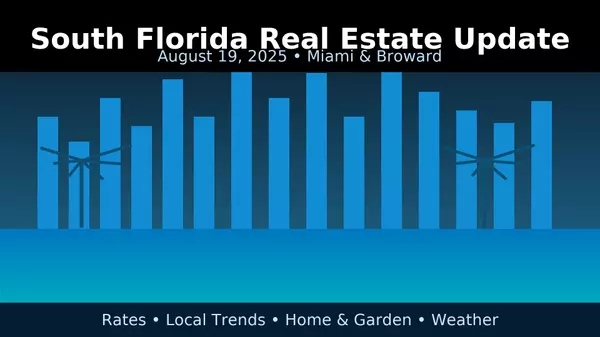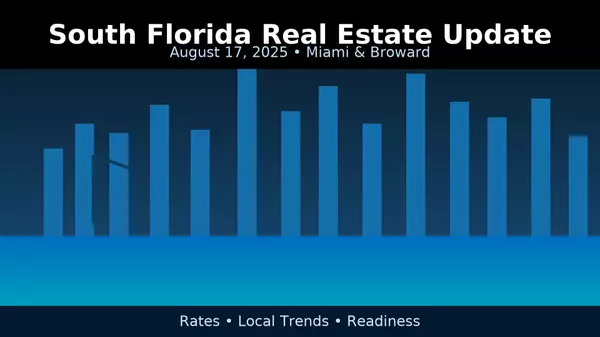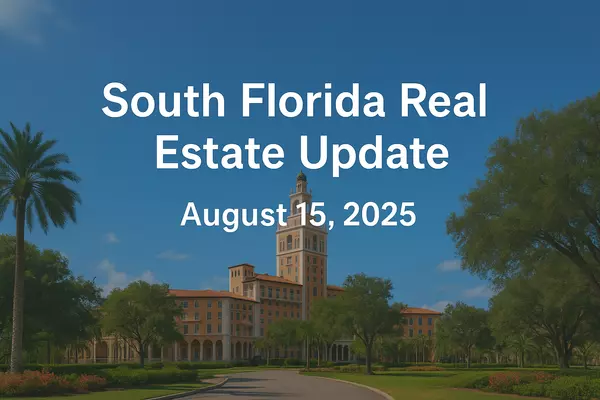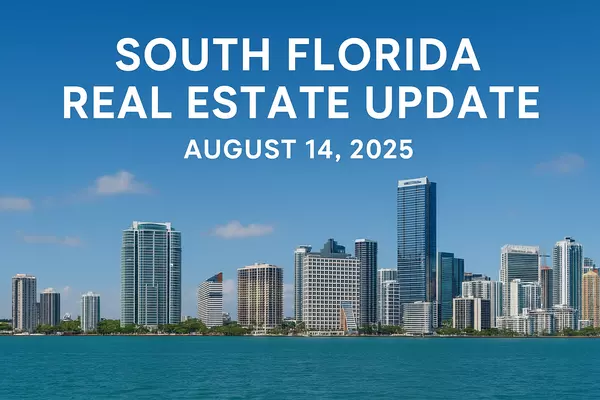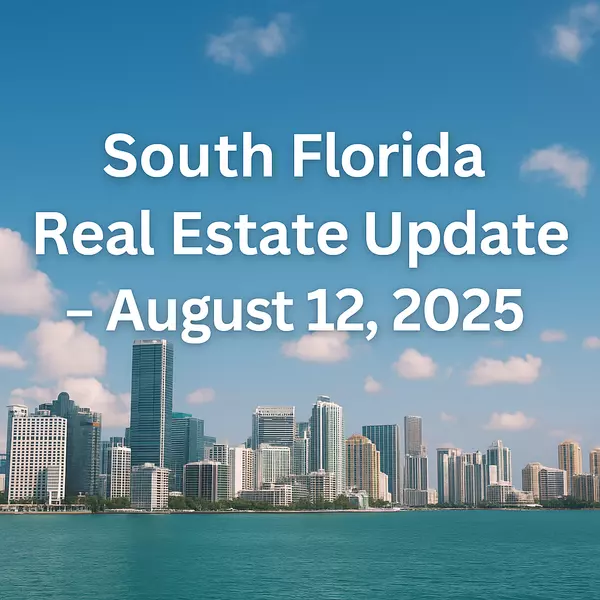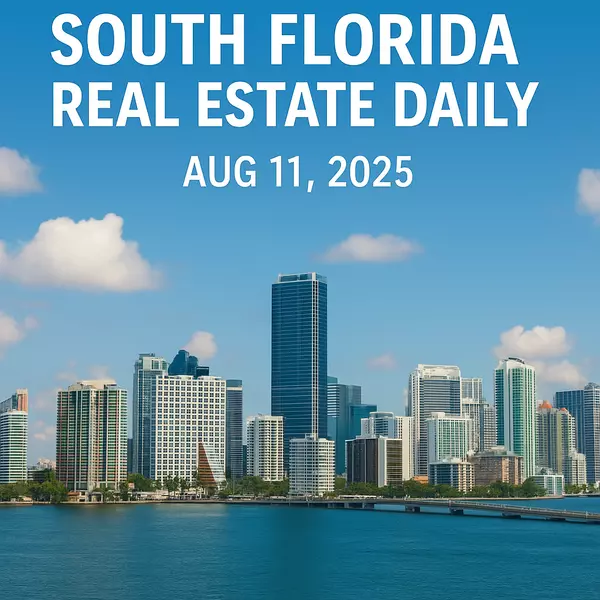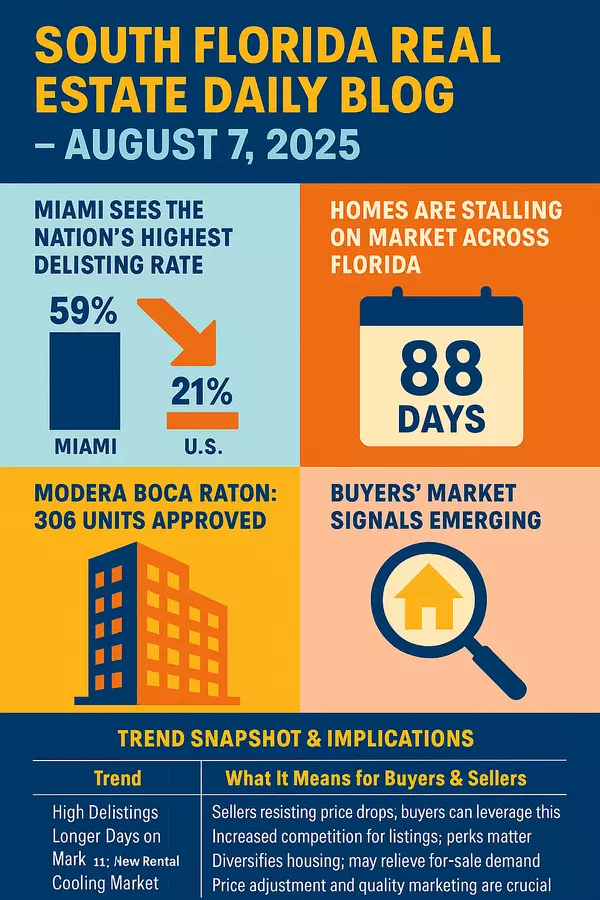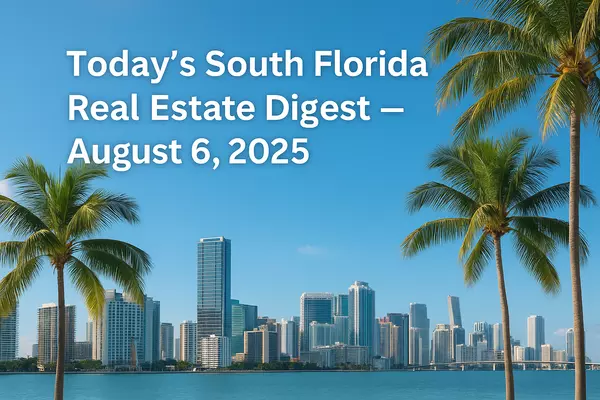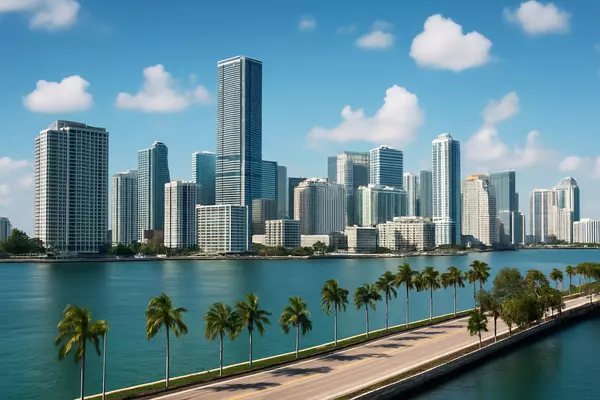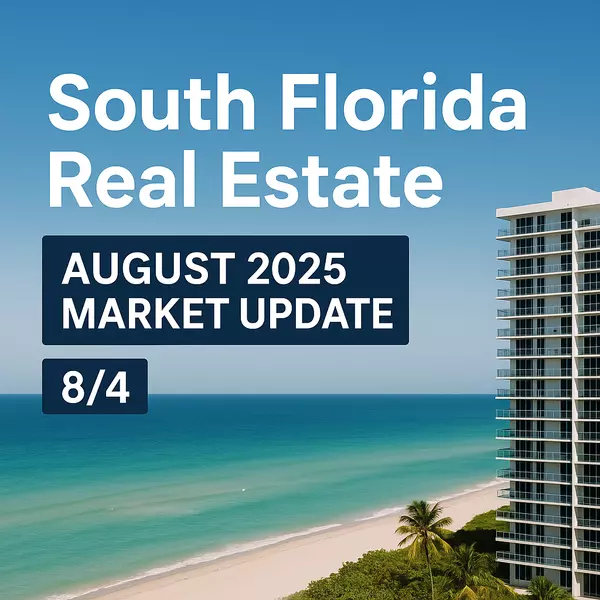Understanding Miami’s Flood Zones: What Homebuyers Need to Know

Understanding Miami’s Flood Zones: What Homebuyers Need to Know
Buying a home in Miami offers stunning coastal views, year-round warm weather, and access to vibrant communities. However, with this tropical paradise comes a unique consideration: Miami’s flood zones. Understanding flood zones and their impact on home buying is essential for anyone looking to invest in Miami real estate, especially if you’re new to the area.
What Are Flood Zones?
Flood zones are specific geographic areas that have been identified by the Federal Emergency Management Agency (FEMA) to indicate varying levels of flood risk. In Miami, flood zones are important not just because of occasional storms but due to the area’s susceptibility to sea-level rise and heavy rain.
Flood zones are broken down into several categories:
- Zone X: Minimal risk. These areas have the lowest chance of flooding and don’t typically require flood insurance.
- Zone AE: High risk. Properties in these areas are more likely to experience flooding, especially in severe weather.
- Zone VE: High risk in coastal areas with additional hazards like storm waves.
Miami has many properties in AE and VE zones, so understanding which flood zone a property is in can have a big impact on your buying decisions.
Why Flood Zones Matter for Homebuyers
-
Insurance Costs: Homes in higher-risk flood zones often require flood insurance, which can add to the monthly cost of owning a property. In Miami, flood insurance can be significant depending on the zone and the home’s location, age, and elevation.
-
Property Value and Resale Potential: While flood-prone properties may initially be less expensive, this can affect resale potential. Buyers are becoming increasingly aware of climate risks, so it’s wise to consider how flood zones might impact your property value long-term.
-
Building Regulations: In high-risk zones, there may be stricter building codes or elevation requirements to reduce the risk of flood damage. Many newer constructions are built with these in mind, which can help mitigate potential risks and costs.
How to Determine if a Property Is in a Flood Zone
To determine if a property is in a flood zone, check FEMA’s Flood Map Service Center online. You can enter the address and find out exactly where it sits in terms of flood risk. Additionally, many real estate professionals in Miami are knowledgeable about flood zones and can provide guidance on potential risks.
Flood Zone and Insurance: What to Ask
Before buying in a flood zone, here are some essential questions to ask:
- Does the property currently have flood insurance? Understanding existing insurance policies can give you insight into costs.
- Has the property experienced flooding in the past? Knowing the flood history is valuable in assessing risk.
- What flood mitigation measures are in place? Many properties have been retrofitted to prevent flood damage, which can reduce insurance premiums and risks.
Benefits of Buying in a Flood Zone
While high-risk flood zones might seem intimidating, they often offer benefits like unique waterfront locations, scenic views, and desirable proximity to Miami’s attractions. Many buyers find the added cost of flood insurance worth the investment for the lifestyle and location these properties provide.
Final Thoughts
Understanding Miami’s flood zones is crucial for any homebuyer in the area. By staying informed about flood risks, insurance needs, and property location, you can make a sound investment that aligns with your lifestyle and financial goals. Remember, a knowledgeable real estate agent can provide invaluable guidance on Miami’s flood zones, helping you find the perfect home in the right location.
For more information on flood zones and property options, reach out to William Gartin with EXP Realty at 305-842-6097 or visit williamgartinrealestate.com.
Categories
Recent Posts
